The most dangerous tsunami that has occurred in the world throughout history
Weather of Arabia - A tsunami is known as a series of huge waves resulting from underwater disturbances that occur mainly due to earthquakes, and volcanic eruptions, landslides and coastal rockfalls can also cause a tsunami, and tsunami waves often occur near the shore and cause natural disasters. human and economic, and we review below the most prominent tsunami disasters that have passed through the world.
Read also: What are the causes of tsunami waves?
The most prominent tsunami disasters that occurred in the world
Tsunami is one of the most destructive events caused by nature. These powerful tidal waves are capable of crushing everything in their path. The following is a list of the most destructive tsunami waves ever recorded in the world:
1. The most deadly Sumatra earthquake in history
The Indian Ocean earthquake and tsunami occurred on December 26, 2004 , with an epicenter off the western coast of North Sumatra in Indonesia .
This earthquake resulted in a series of massive tsunami waves up to 30 meters high, destroying coastal areas along the coasts surrounding the Indian Ocean, and the tsunami killed an estimated 227,898 people from 11 countries, and its impact reached 14 countries, namely: Indonesia, Sri Lanka, India , Thailand, Somalia, Myanmar, Maldives, Malaysia, Tanzania, Seychelles, Bangladesh, South Africa, Yemen, Kenya, Madagascar, making it one of the deadliest natural disasters in recorded history .
(Countries affected by the 2004 tsunami)
2. The tsunami that destroyed Alexandria and other coastal cities
In the summer of 365 AD , the Mediterranean region was subjected to a violent earthquake of more than 8 degrees on the Richter scale. The earthquake and the ensuing tsunami caused the deaths of tens of thousands of people, and destroyed the city of Alexandria in Egypt, and several other cities on the Mediterranean coast.
Scientists unanimously agreed that the subduction of the African plate under the Eurasian plate was the cause of this violent earthquake, and they determined its center in the Hellenic subduction zone under the island of Crete.
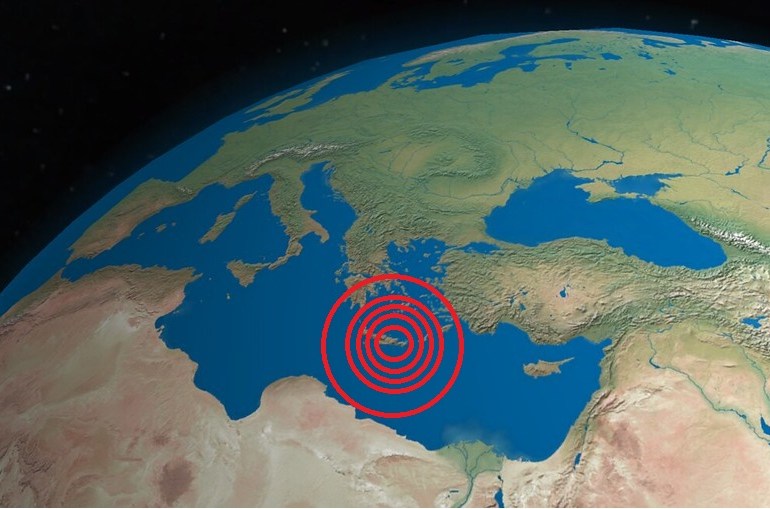
However, a recent study indicated that some of the previous assumptions about this earthquake and its aftermath may not be correct. The most recent evidence suggests that a combination of "natural faults" off the west and southwest coast of Crete may have been behind the land-level rise along Crete's coast that caused the earthquake and tsunami .
Faults are fractures in the rocks of the earth's crust, on either side of which rocks slide as a result of the intense pressure caused by the movement of the earth's crust.
3. The 2018 Sunda Strait Tsunami, Indonesia
On December 22, 2018 , a few days before the anniversary of the devastating 2004 Indian Ocean tsunami, coastal areas in Banten and Lampung provinces in Indonesia were devastated by a deadly 3-meter-high tsunami caused by an underwater landslide following the eruption of the Anak Krakatau volcano. ), which is located on the Sunda Strait between the islands of Java and Sumatra, the tsunami hit the popular tourist beaches at the height of the holiday season, resulting in the fall of many tourists as victims.
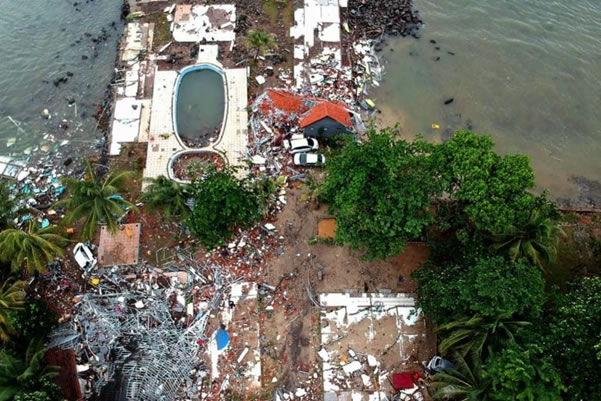
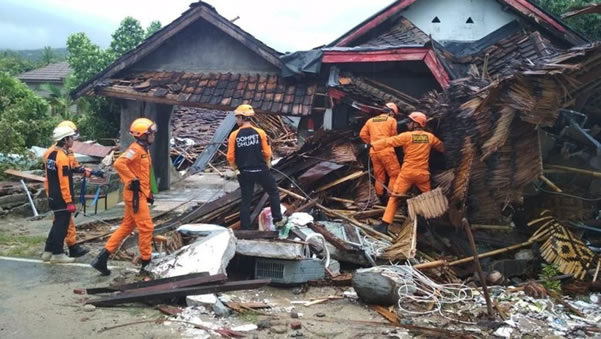
4. Palu earthquake and tsunami 2018 - Indonesia
The Palu earthquake, with a magnitude of 7.5, was the most destructive earthquake to hit the country since 2004. The earthquake occurred on Friday, September 28, 2018, the earthquake was caused by the horizontal movement of tectonic plates, and the epicenter was off the island of Sulawesi, at a shallow depth of 10 km . Its proximity to densely populated areas has caused widespread devastation to the island, with buildings reduced to rubble, more than 2,000 people losing their lives, 70,000 others displaced and thousands still missing.
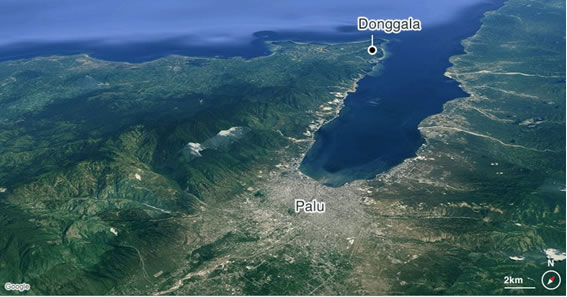
Five minutes after the earthquake, the Indonesian Meteorology, Climatology and Geophysics Agency issued a tsunami warning, with officials predicting a wave up to 3 meters high, but waves as high as 6 meters in some areas and traveled as far as one kilometer inland. , swept everything in its path. The bodies were seen as the water receded back into the sea.
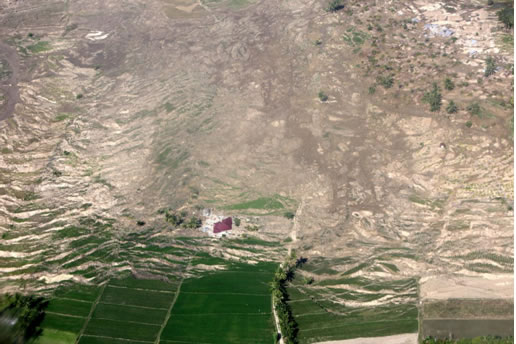
Unlike most tsunamis caused by a strong earthquake, the Palu tsunami was caused by horizontal rather than vertical movement of tectonic plates.
5. The devastating 2011 Japan Tsunami
The 2011 earthquake off the Pacific coast of Tohoku, also known as the 2011 Tohoku earthquake, or the Great East Japan Earthquake, was a 9.0-magnitude undersea earthquake off the coast of Japan that occurred on Friday, March 11, 2011 , with an epicenter 70 kilometers Roughly east of the Oshika Peninsula in Tohoku and at a depth of about 32 kilometers underwater.
It was the fourth largest earthquake in the world since 1900 and the largest in Japan since modern instrumental records began 130 years ago. The earthquake triggered a powerful 40.5-meter tsunami in Miyako, Iwate Prefecture of Tohoku, which in the Sendai region traveled up to 10 kilometers inland.
The tsunami destroyed tens of thousands of buildings and caused widespread destruction, with nearly 20,000 confirmed dead and missing, the tsunami caused multiple hydrogen explosions and nuclear fusion at the Fukushima First Nuclear Power Plant, and the earthquake and tsunami caused its biggest crisis Japan since the end of World War II.
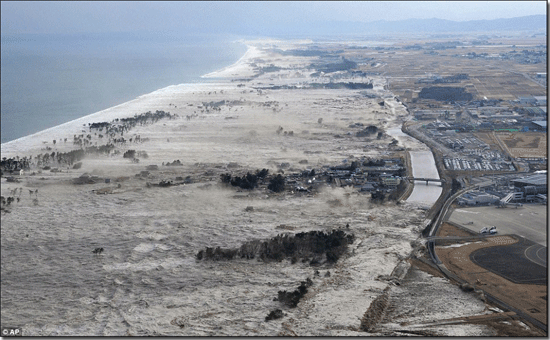
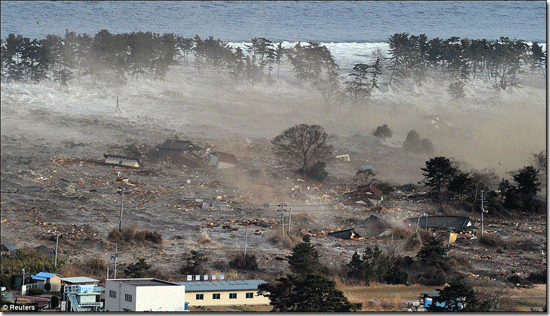
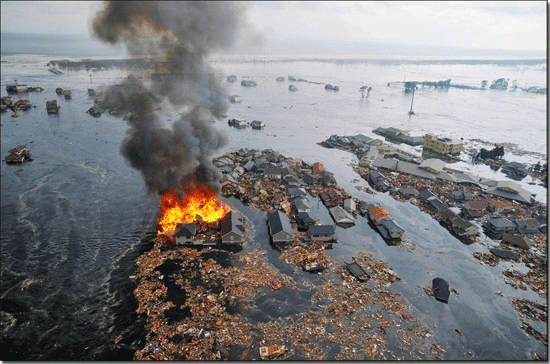
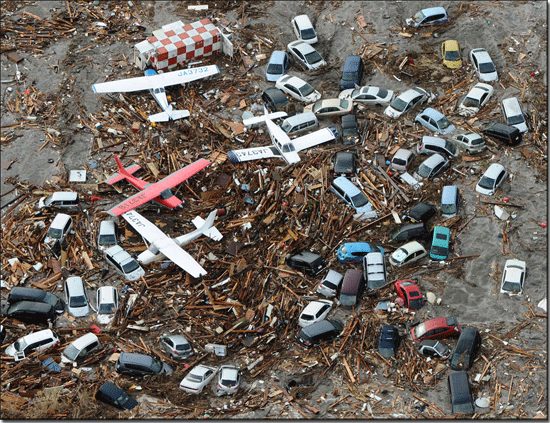
6. 2010 earthquake and tsunami in Maule - Chile
The 2010 Chile earthquake occurred off the coast of Maule in central Chile on Saturday, February 27, 2010 , and measured 8.8 on the Richter scale, with severe shaking lasting about four minutes. This occurred at the plate boundary of the subduction zone in the Peru-Chile Trench where the oceanic Nazca plate descends below the continental South American plate, where the two plates converge at a rate of 80 mm per year. The epicenter was 115 kilometers (115 km) from Concepcion, the second largest city in Chile.
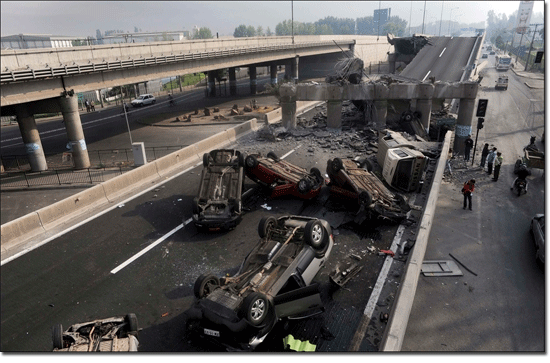
The 2010 Chile earthquake was the most powerful earthquake to hit Chile in 50 years, and the tsunami that followed this event affected coastal areas between the cities of Valparaíso and Valdivia, with minor impacts as far as Coquimbo. The tsunami devastated several coastal towns from Tiroa to Bichelmo (stretching over 500 km) and damaged the port at Talcahuano,
The tsunami caused by the earthquake spread across the Pacific basin and inundated the sparsely populated Juan Fernandez Islands in Chile, the chain of islands that inspired the Robinson Crusoe story, killing at least 8 people, and in Chile, 525 people died, 25 are missing, and about 9% of the population in the affected areas have their homes.
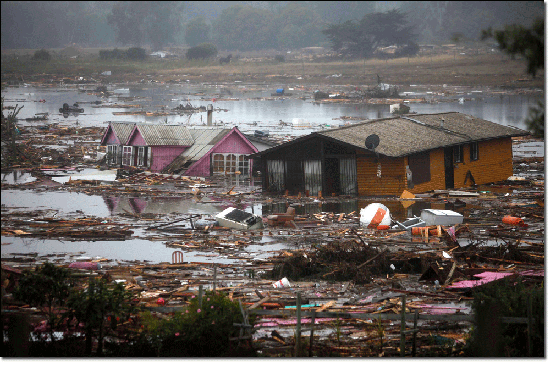
7. The 1960 Valdivia earthquake or the Great Chilean earthquake
The Great Chilean earthquake that struck on Sunday, May 22, 1960 is by far the most powerful massive earthquake ever recorded on Earth, as it was recorded at 9.5 on the Richter scale . resulting over southern Chile, Hawaii, Japan, the Philippines, eastern New Zealand, southeastern Australia, and the Aleutian Islands in Alaska.
Waves up to 10.7 meters high were recorded 10,000 km from the epicenter, and the main tsunami waves crossed the Pacific Ocean at a speed of several hundred kilometers per hour.
The death toll and financial losses from such a widespread disaster are uncertain. Various estimates of the total number of deaths from the earthquake and tsunami have been published, with the US Geological Survey citing 2,231, 3,000, or 5,700 figures and another source uses an estimate of 6,000.
Another devastating tsunami in the past twenty years
Lata, Solomon Islands (5 February 2013)
An 8.0- magnitude earthquake struck off the coast of the Solomon Islands archipelago in the Pacific Ocean, causing a local tsunami that traveled for about a thousand miles before losing its energy. Dozens were injured on the islands and at least 13 people were killed. Most of the loss of life and property was from the neighboring Solomon Islands and Vanuatu.
Sumatra, Indonesia (25 October 2010)
A 7.2- magnitude earthquake off the coast of Indonesia's Sumatra island triggered a regional tsunami that killed at least 509 people and left 21 missing.
Solomon Islands (January 4, 2010)
In January 2010, the western part of the Solomon Islands was hit by a series of tsunamis following two powerful earthquakes measuring 6.5 and 7.2 on the Richter scale .
Island of Samoa and American Samoa (September 29, 2009)
An 8 -magnitude earthquake off the coast of Samoa triggered a tsunami that struck mostly the Pacific nation of Samoa and American Samoa, killing at least 184 people on the islands.
Solomon Islands (April 2, 2007)
Regional tsunamis triggered by a 8.0- magnitude earthquake killed more than 50 people and injured hundreds. Thousands of homes were destroyed.
Java Island, Indonesia (July 17, 2006)
At least 668 people were killed by a tsunami triggered by a 6.8- magnitude earthquake with an epicenter off the coast of Indonesia's West Java. At least 1,438 people were injured and about 74,000 people lost their homes.
Peru (June 2001)
The 8.4- magnitude earthquake in southern Peru was followed by a large tsunami that killed at least 78 people and caused widespread damage estimated at $300 million.
Arabia Weather App
Download the app to receive weather notifications and more..




